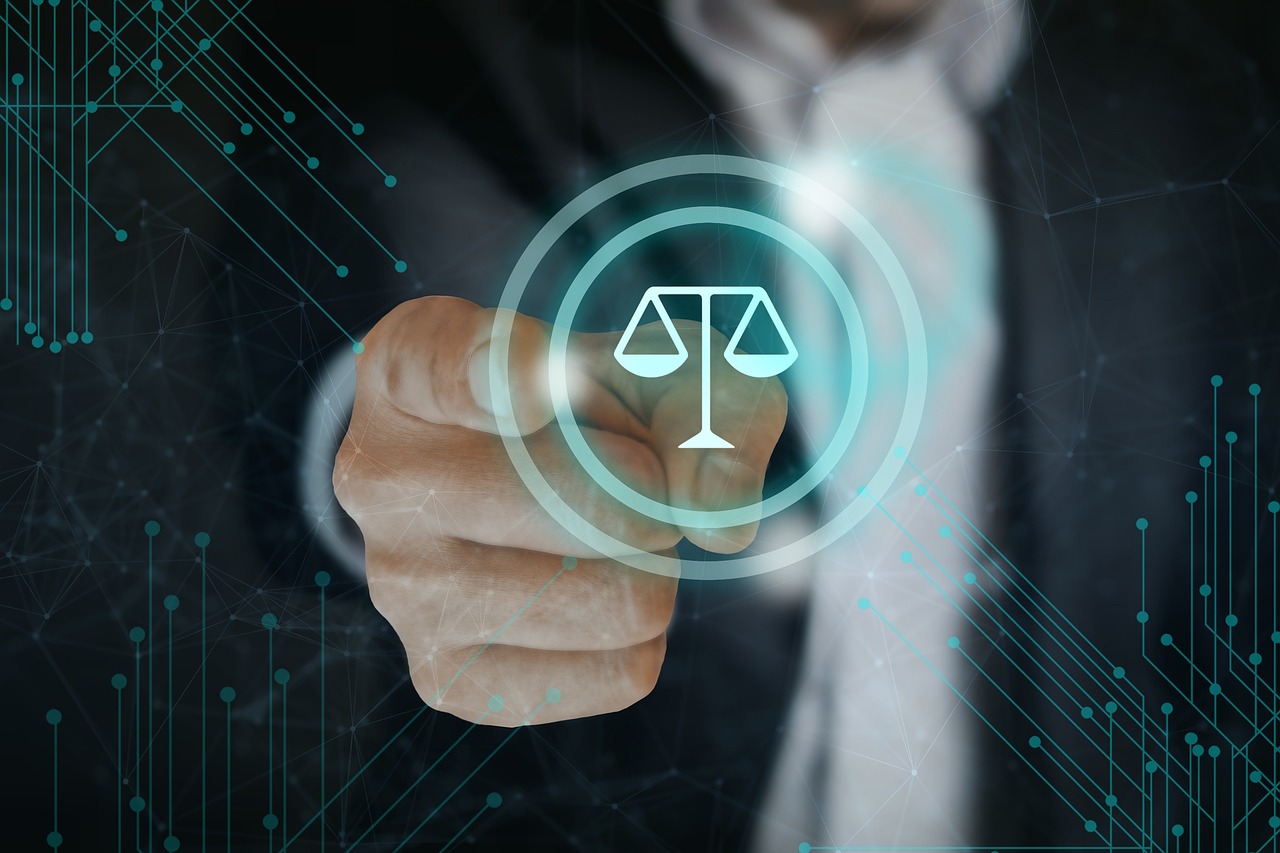An Examination of the Fair Use Doctrine in Intellectual Property Law
Introduction: In the digital age, the boundaries of intellectual property rights are continually being tested. At the heart of these challenges lies the Fair Use Doctrine, a legal principle that allows limited use of copyrighted material without permission. This article delves into the evolution, current state, and implications of the Fair Use Doctrine.

The Historical Context of the Fair Use Doctrine
The Fair Use Doctrine originated in English law in the 18th century. It was enacted to strike a balance between the rights of copyright holders and the public’s interest in the broader dissemination of information and creativity. The doctrine was adopted into U.S. law with the Copyright Act of 1976, which provided four factors to determine fair use: the purpose and character of the use, the nature of the copyrighted work, the amount and substantiality of the portion used, and the effect of the use on the potential market for or value of the work.
Recent Developments in the Fair Use Doctrine
In recent years, the Fair Use Doctrine has been under scrutiny due to the rise of digital technology. For instance, the landmark case of Google v. Oracle in 2020 saw the U.S. Supreme Court ruling in favor of Google, holding that its use of Oracle’s software code to create the Android operating system was a fair use. This case has set a precedent for future copyright disputes in the digital age.
Implications of the Fair Use Doctrine
The Fair Use Doctrine has profound implications on various sectors. In academia, it allows educators and researchers to use copyrighted materials for educational purposes without infringement. In the media industry, it enables journalists and critics to quote or excerpt copyrighted works for news reporting, criticism, or commentary. However, it also presents challenges, as it can be a murky area of law that often requires case-by-case analysis and judicial interpretation.
The Fair Use Doctrine and Society
The Fair Use Doctrine plays a crucial role in promoting creativity, innovation, and public discourse. It allows for the free flow of ideas, fostering a rich and diverse cultural heritage. However, it’s a delicate balance. Too much freedom might undermine the economic incentives for original creation, while too little could stifle creativity and impede the dissemination of knowledge.
The Future of the Fair Use Doctrine
As technology continues to evolve, so too will the interpretation and application of the Fair Use Doctrine. It’s anticipated that ongoing debates and court cases will further shape this doctrine and its impact on intellectual property law. Ultimately, how we navigate these changes will determine the future of creativity and innovation in the digital age.
In conclusion, the Fair Use Doctrine serves as a fascinating example of legal adaptability in the face of societal and technological changes. By understanding its role and implications in intellectual property law, we can better appreciate its significance in our daily lives and the broader societal context.




